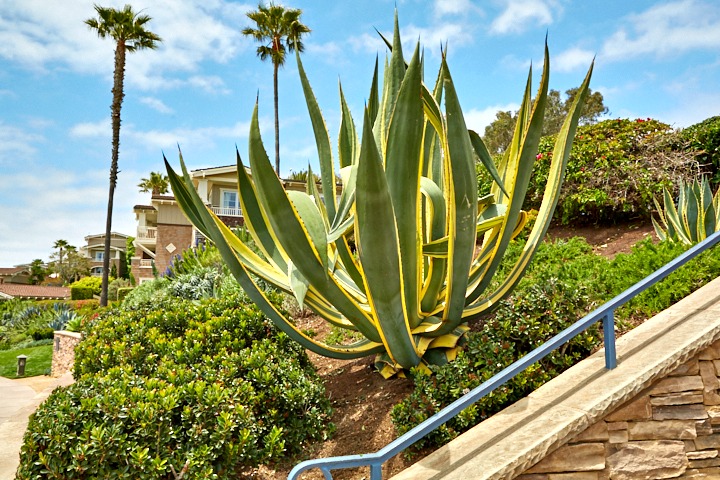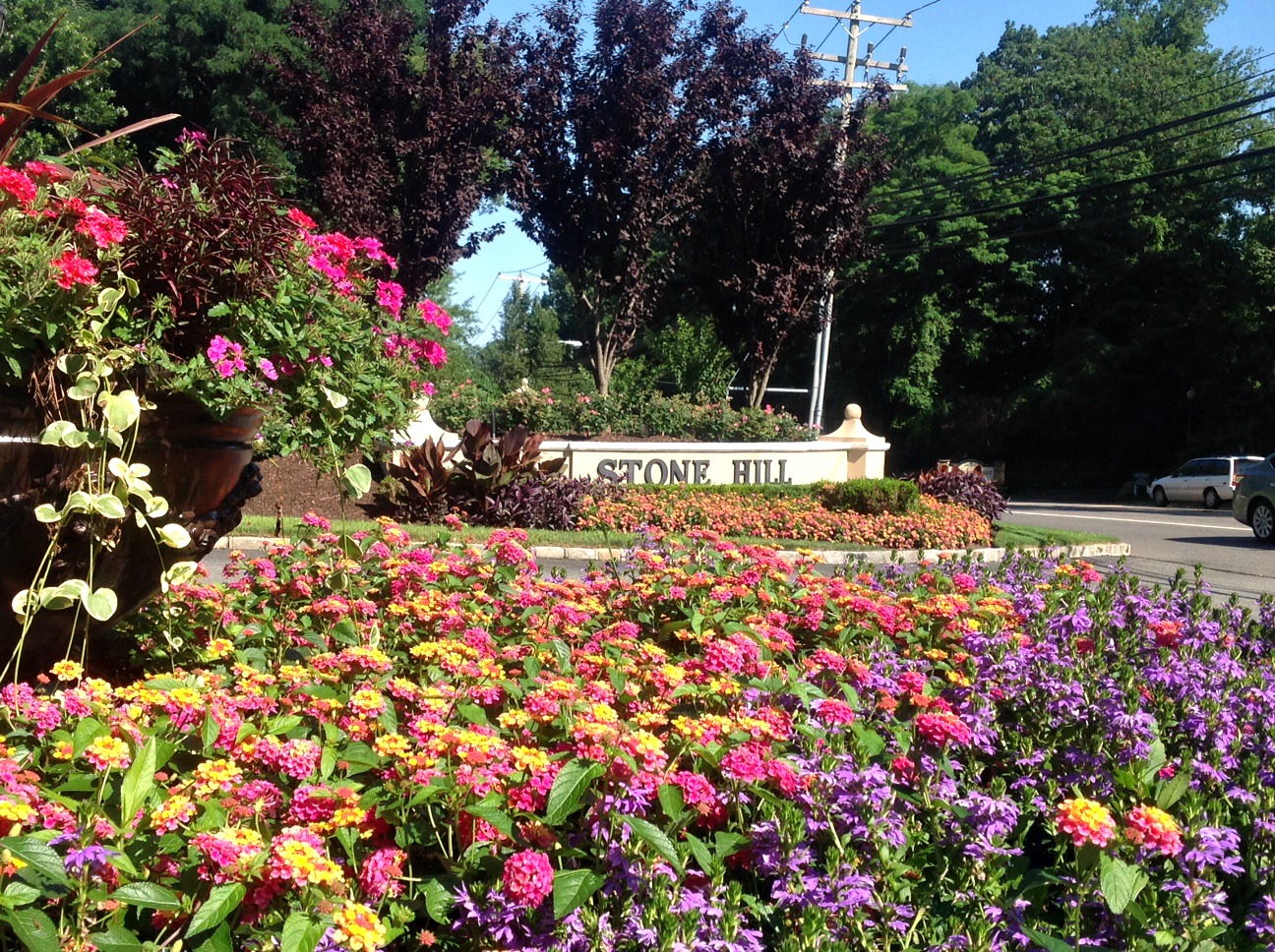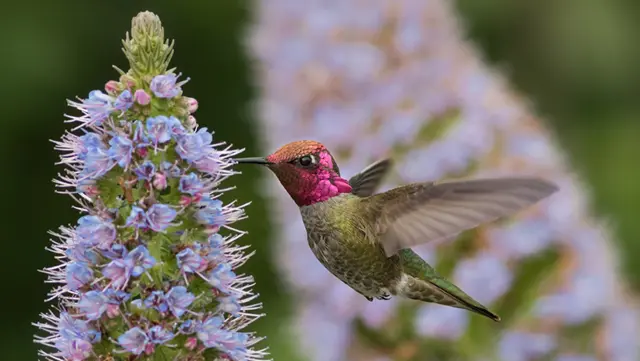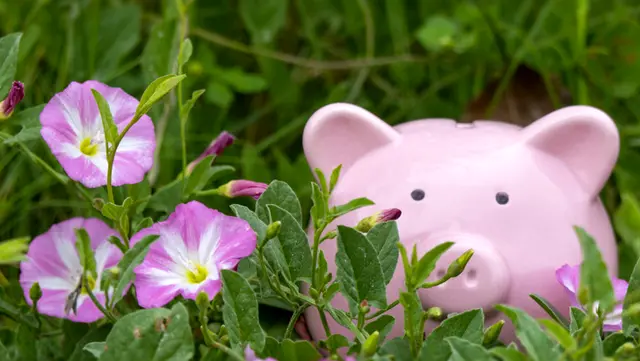
3 Reasons to Use Drought-Tolerant or Native Plants
Native or drought-tolerant plants will save you time and money by needing less water to survive

A native plant is one occurring naturally, in a given geography, without human involvement. These are the plants growing on the landscape without the aid of humans. A drought-tolerant plant, on the other hand, is not necessarily native to the area, but can survive in your landscape with less than normal amounts of rainfall. There are three main reasons to use these two types of plants in your landscape.
1. Less Water
Because drought-tolerant plants have adapted to dryer climates and have lower water requirements, they naturally use less water. Although native plants are not necessarily drought tolerant, once established, they usually require minimal supplemental irrigation. Agave plants are a great example of a plant that looks beautiful and requires minimal irrigation. However, you should always research your geography requirements to make sure you are using the right native plants.
2. Lower Maintenance
Not only can you look forward to using less water with native plants, but because these plants have adapted to their environment, you can also spend less time fertilizing, pruning, and caring for them in general. Most likely, you can maintain a beautiful garden by only spending a little time with them each month. Drought-tolerant plants tend to be more disease-free and pest-resistant so you can spend less time on fertilization.

3. More Beauty
Drought-tolerant landscapes do not have to mean cactus, succulents, and rocks. Well designed, drought-tolerant landscapes can look attractive all year long. Even when using drought-tolerant and native plants, you can have an abundance of color in your landscape. Colorful plants, such as lantana, verbena, and agastache, will add beauty without requiring a lot of water. Houzz has some great examples of colorful, drought-tolerant landscapes.
Choosing the right plants for the right place is one of the most important considerations for all types of landscaping. Careful planning and completing a thorough evaluation of your landscape is an important first step when designing a new space. Drought-tolerant and native plants can help you avoid a costly landscape which looks unhealthy.
Water Management Made Easy
Make it easy to find the water-saving solutions that are right for your property and budget. Plus, get professional advice on ways to reduce waste, recoup costs through savings, and take advantage of rebates where available.



